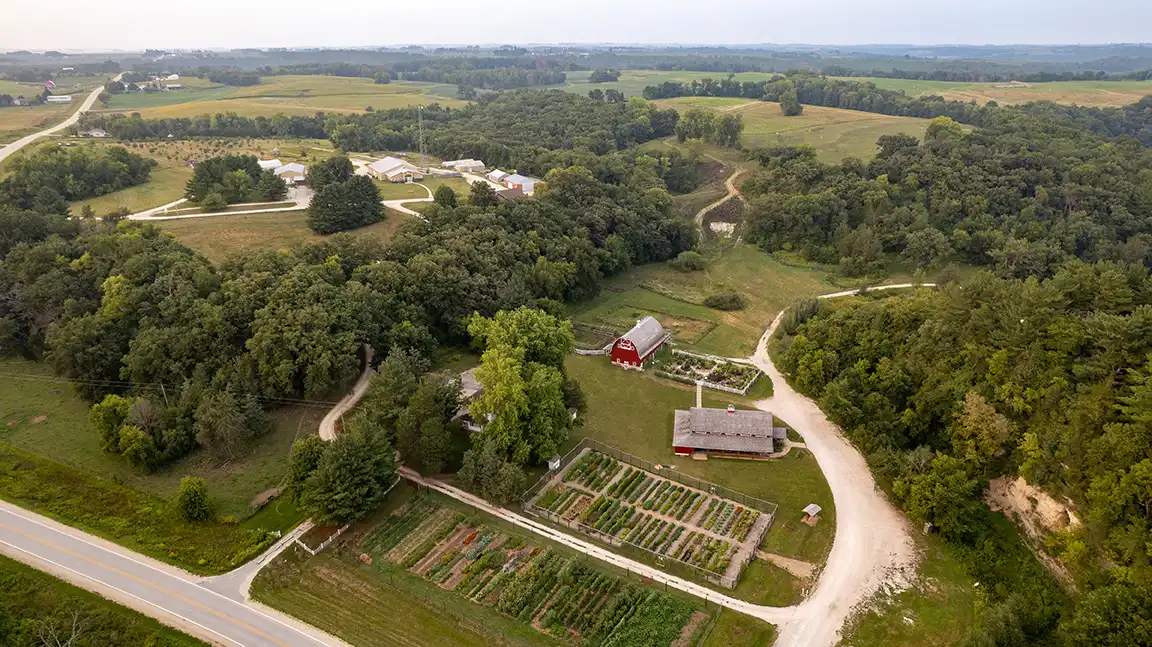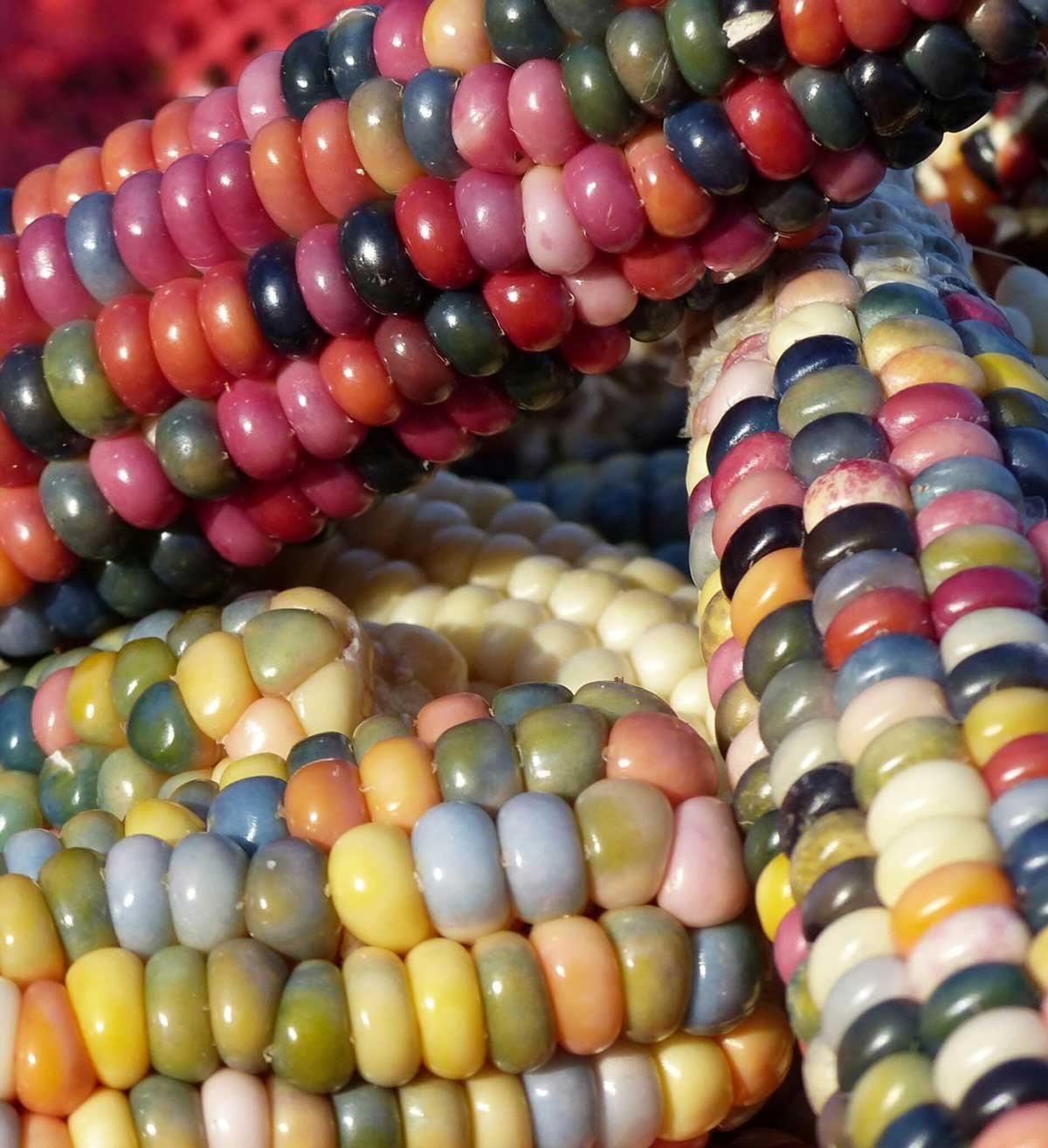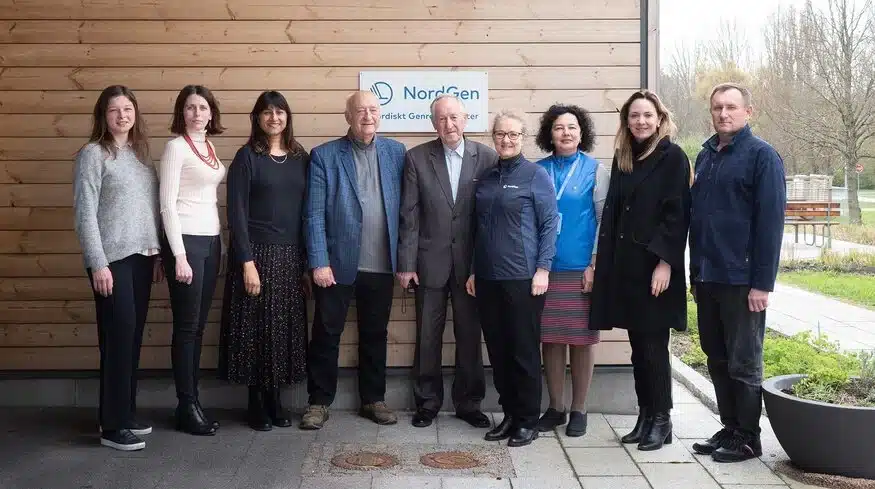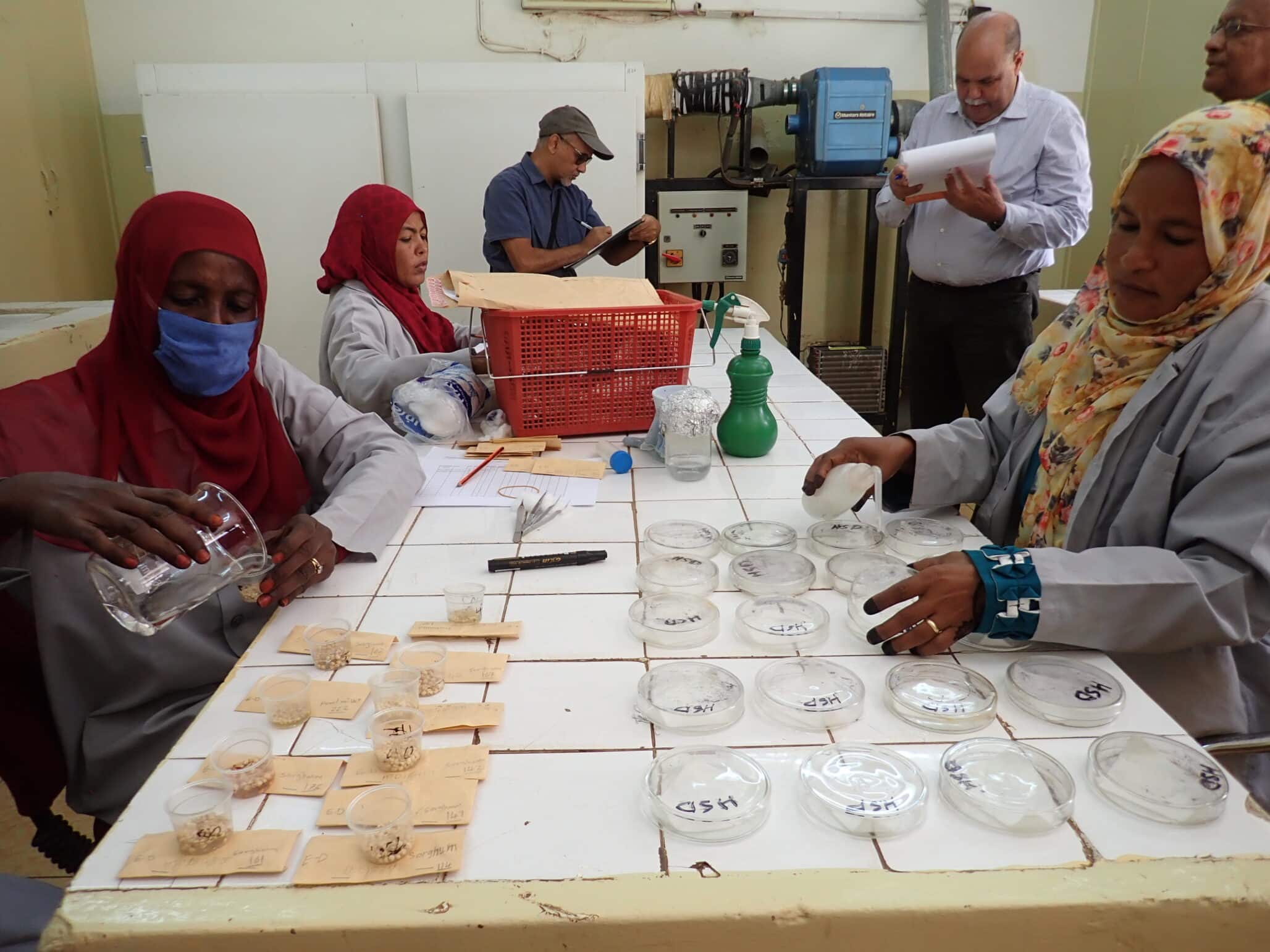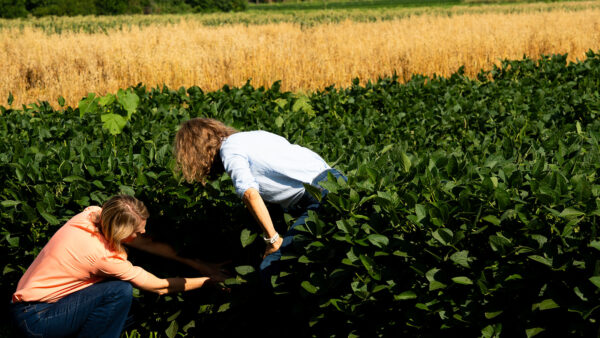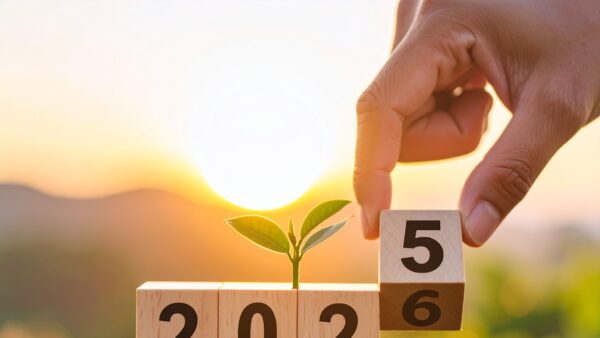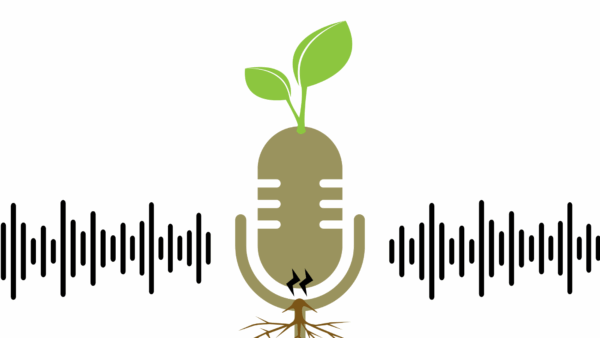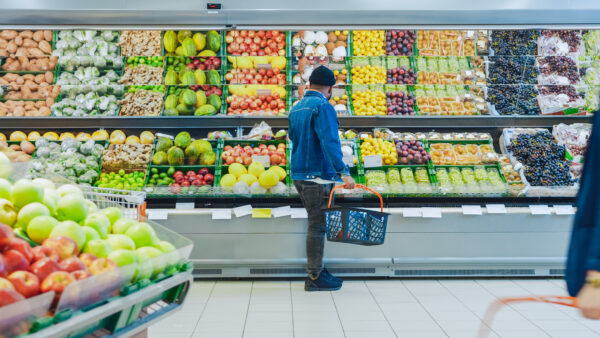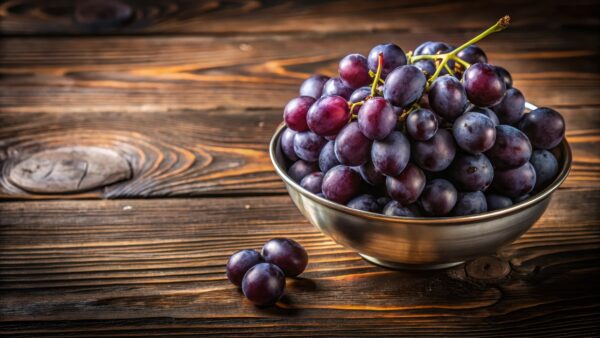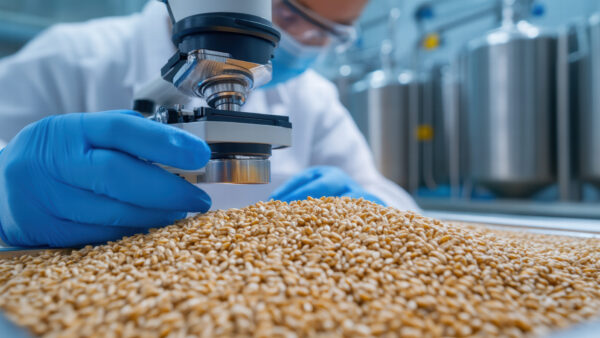Preserving genetics in an era of unprecedented germplasm ownership concentration.
Every global industry, from automotive and beauty products to candy and seed, generally follows the same arc. There are the early pioneers, later joined in the market by larger and smaller companies. Some make it, some don’t. Along the way but mostly after many years, larger firms buy up competitors in what can be called the consolidation stage of a given sector, a stage that usually comes with a wide range of implications. The global seed industry has now reached this stage – with the preservation of genetic diversity hanging in the balance.
Looking back at the past few years, in 2018 for example, AgReliant Genetics purchased several regional dealer brands (Eureka Seeds, Golden Acres Genetics, Wensman Seed Co., Great Lakes Hybrids, Producers Hybrids), rolling them all into LG Seeds. In 2023, Bayer announced plans to bring 10 regional seed companies (Stone Seed, Fontanelle, Hubner Seed, Gold Country Seed, Stewart Seeds, Jung Seed Genetics, Kruger Seeds, Lewis Hybrids, Rea Hybrids, Specialty Seed) under its new Channel banner.
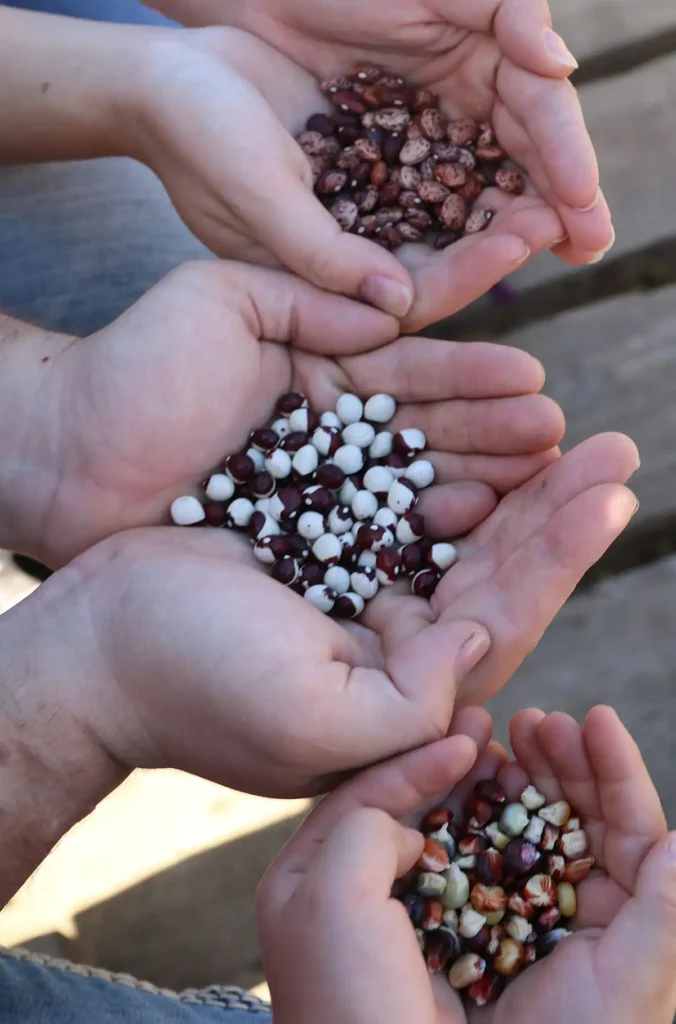
By mid-2023, the USDA Economic Research Service reported that AgReliant, Bayer, Corteva and Syngenta accounted for 83% and 78% of recent U.S. sales of corn and soybean seed respectively. The latter three firms, along with BASF, are estimated to own about 95% of corn IP and 84% of soybean IP.
Globally, across all crops at this point, only 25% of crop diversity has survived, according to the UN Food & Agriculture Organization. This reduction in available genetics has mainly been driven by the need for farmers in Western countries to plant seed with high-yield attributes (including field crop seed that works with modern herbicide systems) to make a good profit.
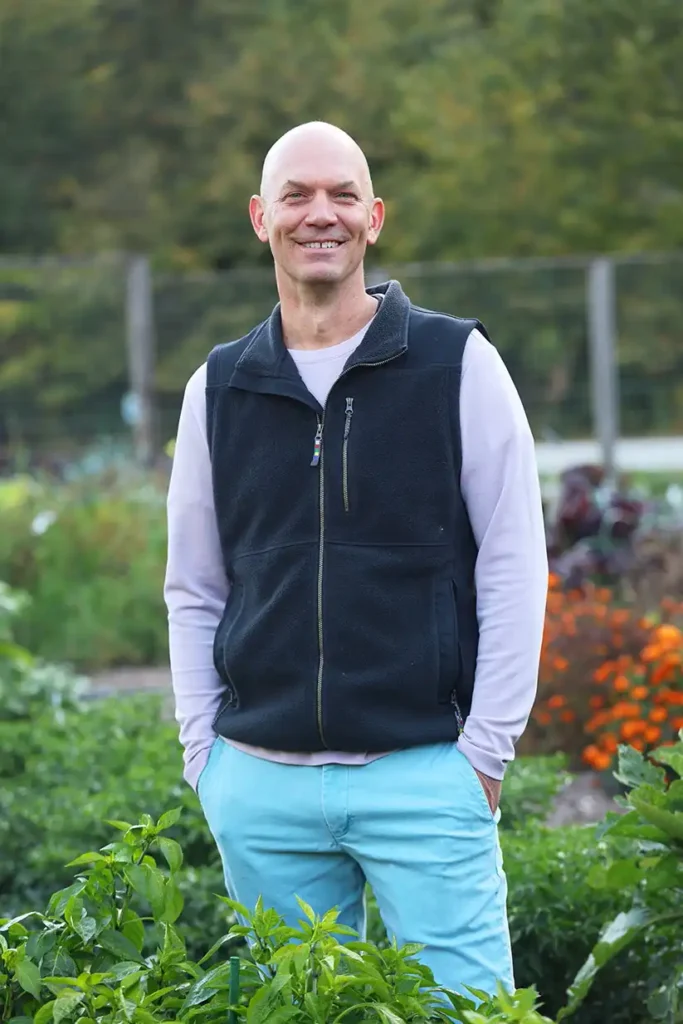
At the same time, patenting genetics has become common. This limits access to germplasm for farmers, but as Mike Bollinger, executive director at Seed Savers Exchange (SSE) in Iowa explains, “today, even public researchers find themselves locked out of access to important genetic material due to IP restrictions.”
But everyone in the industry knows that diverse genetics will always be crucial. Genes found in heirloom, wild and regionally adapted seed stocks may be invaluable in many future scenarios (as they are today) and once they’re gone, they’re gone.
“Seed diversity is crucial to adapt to climate change, emerging pests and diseases, and other potential shocks to agricultural systems,” explains Phil Howard at Michigan State University, who has studied seed industry consolidation in detail. “Diversity allows for broad and nimble responses to these changes,” he says, “rather than narrow and brittle responses.”
Diverse genetics also offer a wide potential range of nutritional and health-related phytochemical profiles in both horticulture and field crops.
When asked about future seed industry consolidation, Howard says it’s difficult to make predictions, but consolidation is slowing at this point for the simple reason that most of the potential targets have already been acquired.
“Recent changes in U.S. merger guidelines may also create some barriers to further acquisitions in this market,” he adds. “However, independent corn, soybean and other seed companies may find it increasingly difficult to compete with global giants, and exit the industry. In addition, state support may provide ChemChina/Sinochem/Syngenta or LongPing High-Tech the resources to make further acquisitions outside of China.”
Whether or not much more consolidation happens, the giant seed companies have all taken action to preserve genetic diversity, and many smaller seed companies still exist. But not as many as there were a few decades ago. The membership roll of the Independent Professional Seed Association has dropped from about 300 at its inception in 1989 to about 100 now.
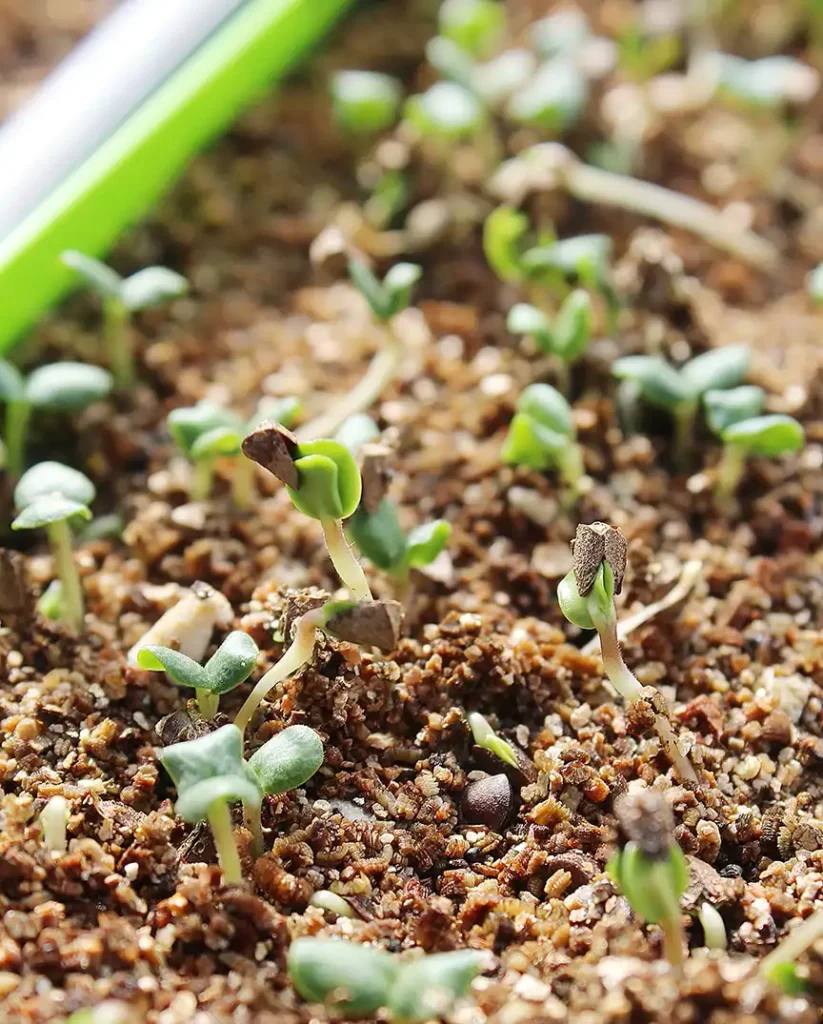
As Dean Cavey (co-founder of Verdant Partners) recently stated in the Progressive Farmer, “I think the biggest challenge ahead for this industry is its ability to maintain the independent seed company.”
Indeed, Bollinger notes that “local, independent seed companies that once developed regionally-adapted varieties are rapidly disappearing, taking with them seeds suited to specific climates, pest pressures and growing conditions.” What’s worse, “when local seed companies are swallowed up, the jobs, knowledge and expertise they once provided to their communities often disappear.”
Efforts to Preserve Seed Diversity
It’s heartening that the many government-supported global and national seed bank initiatives are going strong, among them the Svalbard Global Seed Vault operated by the Crop Trust. Seed banks safeguard seed from around the world, providing a safety net against catastrophic crop failures and offering resources for breeding programs. The Crop Trust’s 10-year BOLD project, funded by the government of Norway, is currently building on the Crop Wild Relatives Project to continue the conservation and use of wild varieties. With support from Germany, the Crop Trust and its partners are also updating existing global conservation strategies for potato, yams, vigna, millets and sorghum, and developing strategies for many others, including brassica, citrus, sunflower and vanilla.
In the U.S., those within the USDA’s National Plant Germplasm System have long worked to ensure researchers and breeders have access to genetic diversity. The System currently holds about 620,000 unique seed samples from more than 100 different crops.
And in 2023, the USDA introduced a multi-year plan to strengthen national genebank germplasm management. Hannah Tetreault, a plant physiologist with the Agricultural Genetic Resources Preservation Research Unit in Colorado, foresees that over the next 20 years, the number of backup seed collections will rise. Understanding of the genetic diversity preserved in these collections will also increase, along with more-efficient ways of accessing genetics related to desirable traits.
Sally Norton, research leader at the Australian Grains Genebank, also believes management of genebank collections will improve, with increased use of genomic and digital technologies. In 2023, her genebank launched an online seed catalogue using the GRIN-Global Database System.
To help genebanks with their collections, to use native species for land rehabilitation projects and more, it’s also positive that seed production areas for Australian wild plants are being developed. This may be occurring elsewhere as well. Samantha Andres at Western Sydney University notes that not only are the seeds of some native species difficult to collect in the wild, but wild populations can also be subject to over-collection.
And while Ola Westengen at the Norwegian University of Life Sciences would like to see better collaboration between national genebanks around the world, she observes that there is a solid international governance framework in place for conservation, use and benefit sharing: The Plant Treaty.
“It’s great to see more and more countries joining this treaty,” she says, “and I think it helps national genebanks secure funding for their operation and management, and for making the diversity they conserve available to users – not only in their own country but among all treaty members.”
Small Organizations and Local Initiatives
Returning to small independent seed companies, cooperatives and non-profits, while they may be fewer nowadays, they continue to be vibrant. Many of them focus on region-specific varieties which generally have cultural and historical significance, for example non-profit Native Seeds/SEARCH in Arizona works to preserve indigenous seeds from the American Southwest. SSE, which will celebrate its 50th year in 2025, prioritizes heirloom varieties from all parts of the U.S., maintaining them under strict accession guidelines to respect their historical and regional uniqueness. The collection extends beyond the United States to all parts of the Americas, and all of its current seed is open-pollinated and non-GMO.
Organizations such as these continue to run many programs and educational initiatives to ensure the importance of seed-saving and sharing remains alive in U.S. communities. At SSE, they hold many activities at their 890-acre Heritage Farm. Among other initiatives, they also have a Community Seed Network to connect seed savers with experienced mentors, a comprehensive ‘Virtual Seed School’ course and an annual conference to gather experts and all other enthusiasts.
Southern Exposure Seed Exchange, a Virginia seed firm owned cooperatively by about 20 members, is also very active, making over 800 varieties available to customers each year, grown by about 90 small farmers and by customers who are also amateur breeders. “Things are going well,” says manager Ira Wallace. “There is continued interest from small farmers and gardeners. Sales went up during the pandemic and have stayed steady.”
In partnership with SSE and Native Seed/SEARCH, Southern Exposure holds nation-wide trials conducted by gardeners and makes the resulting data about variety performance in different regions available online. It also collaborates with the Culinary Breeding Network to connect chefs with local farmers and hold tasting events.
“Without collaboration, it’s hard for small farmers to make a living growing these varieties,” Wallace says.
And while (like the other groups) Southern Exposure provides tutoring on how to distribute and save seed, Wallace would like to see initiatives that introduce seed saving in agricultural education programs.
She’d also like to see effort put into greatly boosting the pool of small American farmers.
“Farmers are aging, and the number of farmers is decreasing,” she says. “Families taking up and maintaining the tradition of growing these varieties is critical.” It would also be great, she says, “if big companies helped with on-farm breeding.”
More Ideas to Protect Seed Diversity
Westengen thinks it’s important at the local level to strengthen connections between local seed system players and national/international genebanks.
“We see that many genebanks already collaborate with local organizations like seed producer groups and community seed banks and such links are important for genebanks to make a difference in the seed systems farmers rely on,” she says.
But at the same time, she points out that collaboration in this area is complex. On one side is a ‘tragedy of the commons’ situation where no one takes responsibility for conserving the crop diversity commons, and on the other side, there’s a ‘tragedy of the anti-commons’ where IP rights and access-and-benefit-sharing regulations hinder access to genetic material by breeders and farmers.
“There’s reason for cautious optimism,” Bollinger says, speaking from a ground-level perspective. “The growing recognition of the critical importance of seed diversity, coupled with technological advancements and potential policy shifts, could pave the way for a more resilient and diverse agricultural future. However, achieving this will require sustained effort, collaboration and commitment from organizations like SSE, policymakers, farmers and the public at large.”
And we should also remember, Westengen says, that most people really enjoy having access to different varieties of produce and grains.
“Most people prefer seeing a diverse fruit stall over one with only a few options,” she stresses. “While there are some megatrends pushing our food systems towards concentration and uniformity, my hope is that this trend can be countered and that we will see more crop-diversified food systems in the future.”
More Resources
The Australian Grains Genebank
http://agriculture.vic.gov.au/crops-and-horticulture/the-australian-grains-genebank/about-the-australian-grains-genebank (online seed catalogue www.ausgenebank.agriculture.vic.gov.au)
Culinary Breeding Network https://www.culinarybreedingnetwork.com/
The Crop Trust https://bold.croptrust.org/
https://www.croptrust.org/work/projects/global-crop-conservation-strategies
Seed Savers Exchange https://seedsavers.org/
Native Seed/SEARCH https://www.nativeseeds.org/
Southern Exposure Seed Exchange https://www.southernexposure.com/


